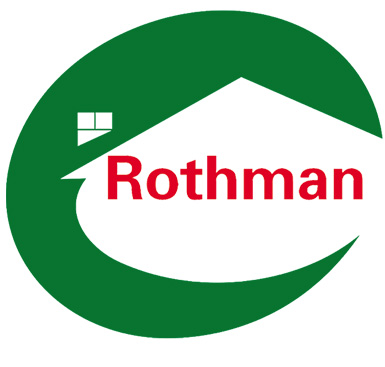Why does air need to be purified after compression?
Air is a colorless, odorless, tasteless mixture of many gases, consisting primarily of nitrogen and oxygen. Air naturally contains solid particle pollutants such as dust, sand, soot and salt crystals. The level of pollution varies in different environments and altitudes.
Water vapor is another natural component of air that varies in content. The amount of water vapor in the air and the degree of contamination play a key role in the compression process and the quality of the air generated by the compressor.
The destructive properties and corrosive nature of water are well known. Untreated air at atmospheric pressure contains large amounts of water and other contaminants such as oil droplets and dirty particles.
When air is compressed, the concentration of moisture and other contaminants increases. These corrosive mixtures, if allowed to remain in the system, can have a detrimental effect on pneumatic equipment, resulting in unnecessary downtime, product damage and shortened equipment life.
Compressed air filters remove oil droplets and dirty components, while compressed air dryers remove water vapor before the air reaches the point of use.
 admin@rothmancompressor.com
admin@rothmancompressor.com  0086-13663713257
0086-13663713257










